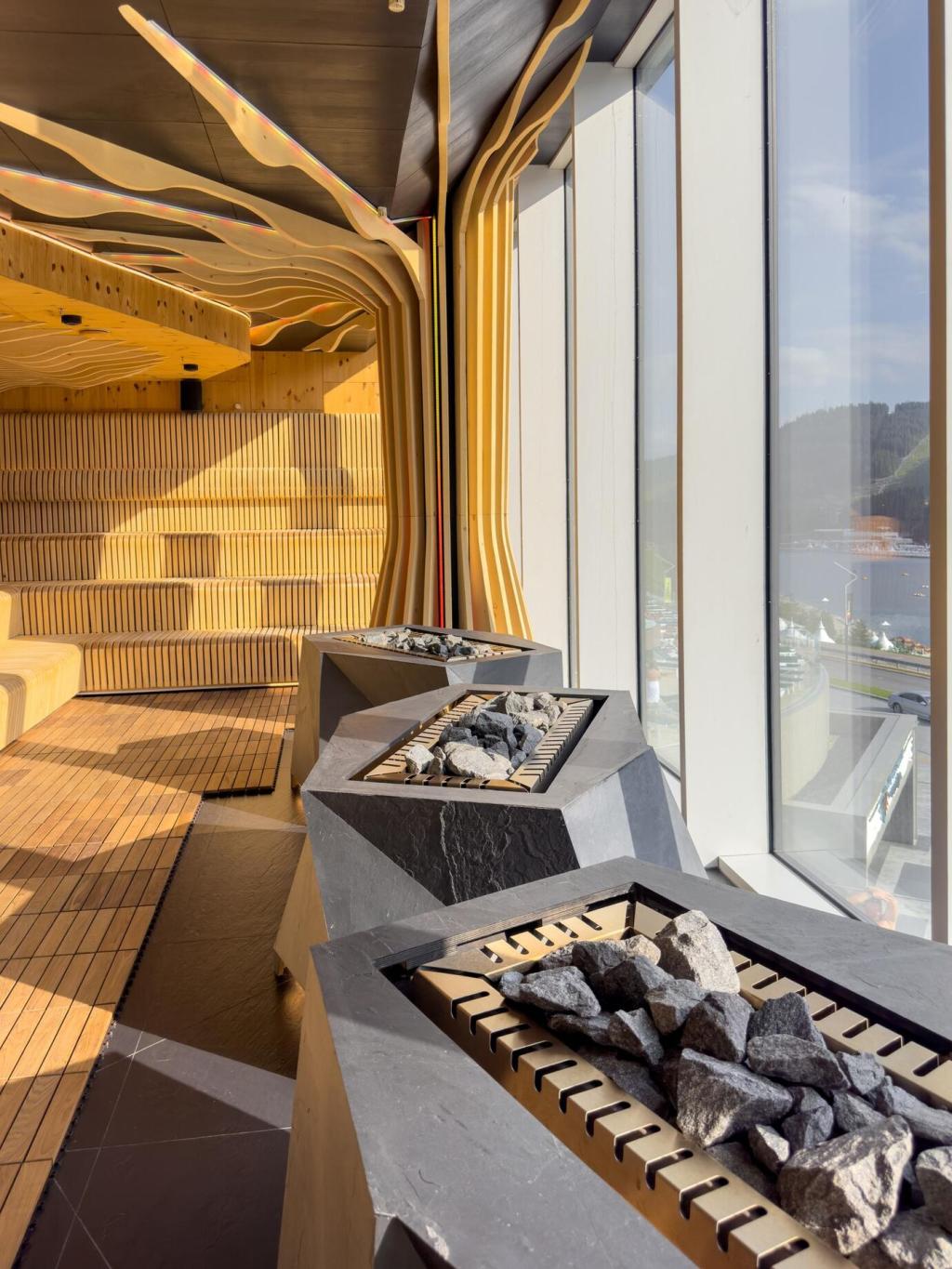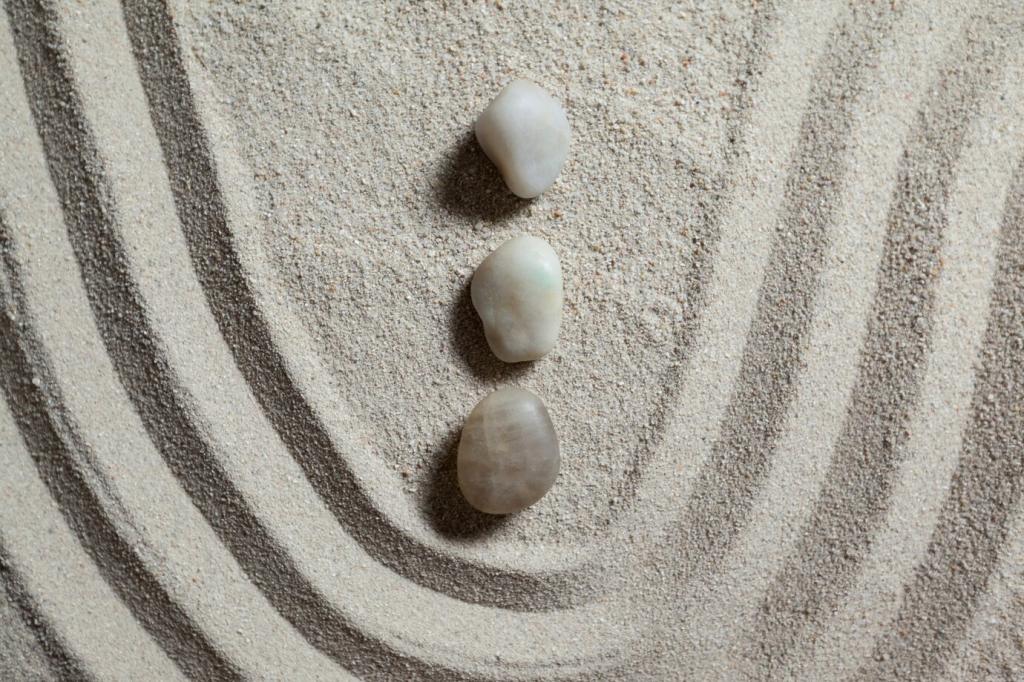Rapidly Renewable Naturals
Modern bamboo comes as engineered, strand-woven boards with impressive hardness, stable dimensions, and consistent grain. Seek FSC certification, avoid questionable adhesives, and respect moisture limits. Do you prefer a caramel or natural tone? Share finishing tips and any dents or scratches you have noticed.
Rapidly Renewable Naturals
Cork is harvested from bark without felling trees, typically every nine to ten years, offering soft underfoot comfort and sound absorption. We love it in home offices and nurseries. Have you tried cork tiles or planks? Tell us how they aged and what you’d change.
Rapidly Renewable Naturals
True linoleum blends linseed oil, wood flour, and jute backing, delivering resilience and a timeless matte glow. It resists scuffs and has natural antimicrobial properties. A school renovation picked it for busy corridors. Would it suit your kitchen? Ask questions and subscribe for cleaning routines.




